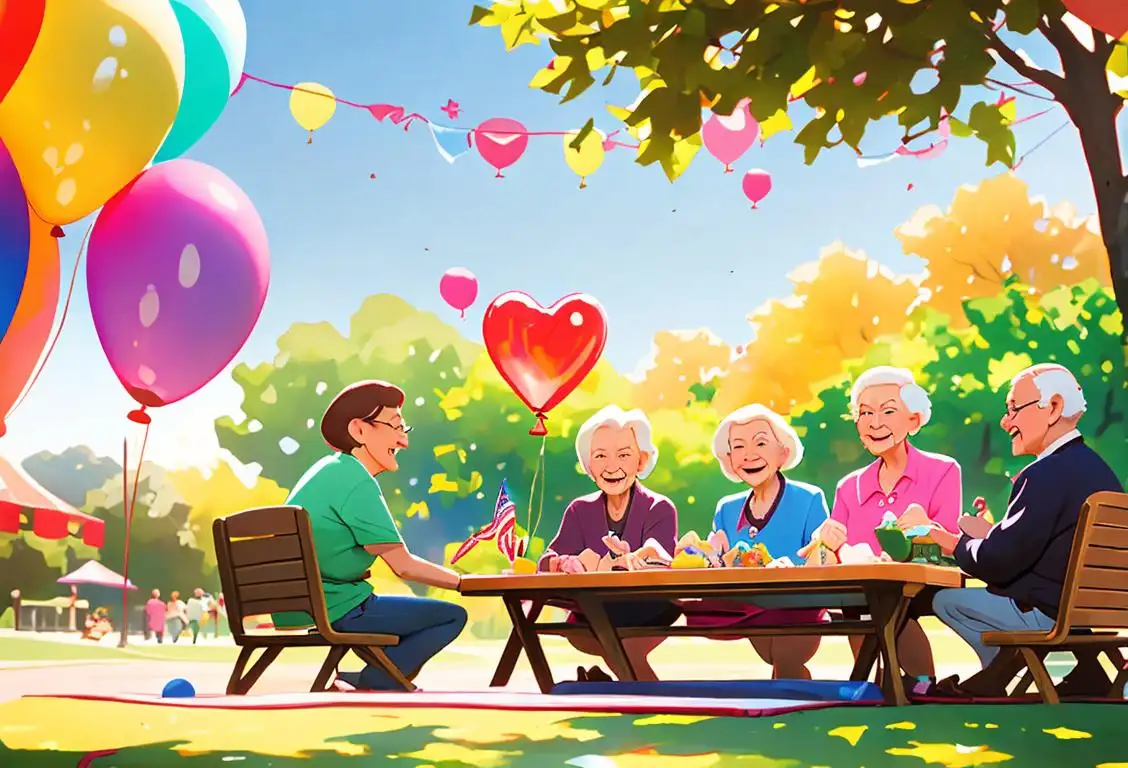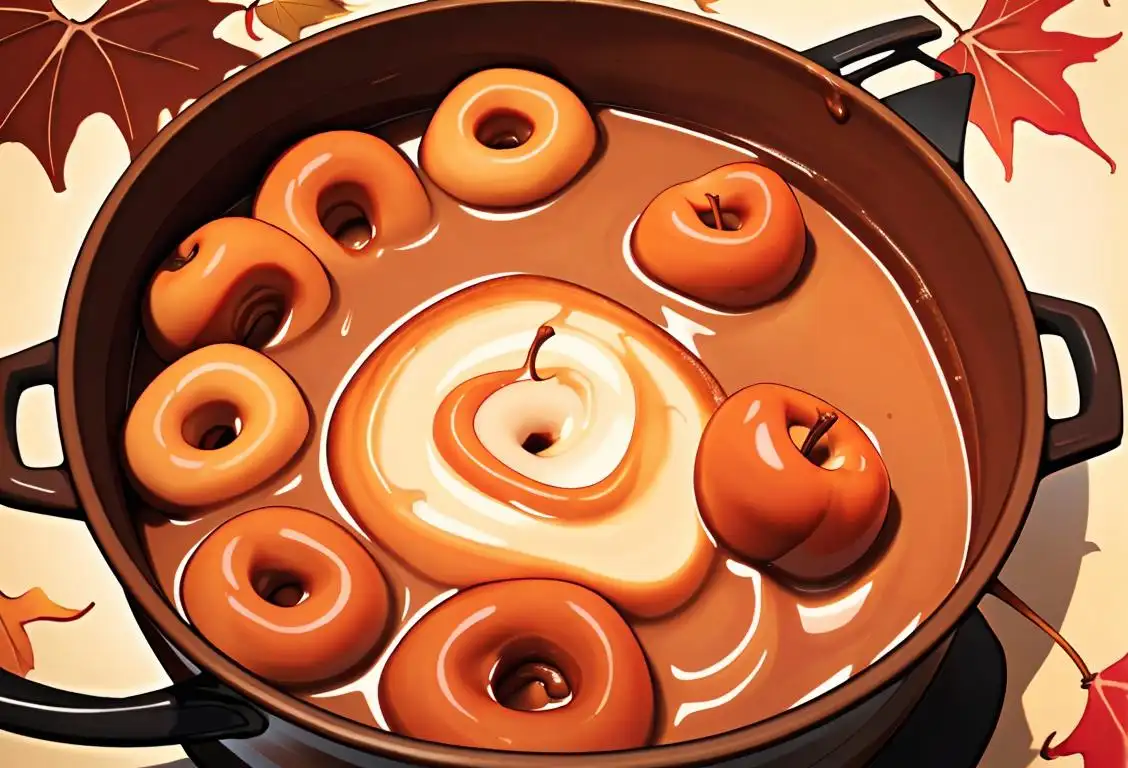National Vodka Day

Pull up a seat, my friend! Today we are diving into the crystal clear, spirit-soaked world of National Vodka Day. Oh yes, this is a celebration that has steadily gained momentum online since we started tracking it, accumulating a staggering 35262 mentions. Pour yourself a measure of your favorite vodka (don't worry, we'll wait), and let's discover all there is to know about this revered day.
When is Vodka Day?
It's national vodka day on the 4th October.
A Brief History of National Vodka Day
Vodka, a drink typically associated with Russian origins, dates back to the 8th century. However, it wasn't until October 4th of 2009 that the first known celebration of National Vodka Day was observed. A fine day when toastmasters and tipplers united to raise a glass in appreciation of this clear, versatile spirit.
The Rise of the Digital Cheers
Our data shows that the internet's enthusiasm for National Vodka Day has picked up pace like one too many vodka martinis on a Saturday night. The most noticeable surge in internet chatter around this day happened on October 4th, 2016. It seems that vodka, like a finely crafted punchline, only gets better as time goes on.
Why We Celebrate
National Vodka Day is not just an excuse to indulge in this much-loved spirit, but also to honor the artistry, tradition, and passion in every distilled drop. It’s a day to explore new brands, mix in delightful cocktails or simply appreciate it neat, while sharing stories, laughter, and of course, your favorite toasts. So, here's to National Vodka Day! Or as they say in Russia, 'Na zdorovie!'
History behind the term 'Vodka'
9th century
Origins in Eastern Europe
Vodka's history can be traced back to the 9th century in Eastern Europe. The term 'vodka' is derived from the Slavic word 'voda,' meaning 'water.' It is believed that vodka was first produced in the regions of what is now modern-day Russia and Poland. Initially, vodka was not just a beverage but also served various medicinal purposes.
14th century
The Distillation Process
In the 14th century, the process of distillation was introduced, allowing for the production of stronger and purer spirits. This played a significant role in the development of vodka. Initially, vodka was distilled from grains, particularly rye, and the process involved multiple distillations to increase its alcohol content.
16th century
Vodka as Popular Spirit
By the 16th century, vodka had gained popularity and became an essential part of Eastern European culture. It was consumed both recreationally and as a remedy for various ailments. Vodka started to be produced on a larger scale and was commonly available in taverns and monasteries.
17th century
Vodka Production Regulations
In the 17th century, Russia and Poland implemented regulations to standardize vodka production. These regulations specified the use of certain grains and required distillers to obtain licenses. The Russian government even established the first official vodka distillery in Moscow.
19th century
Industrialization and Exportation
With the advent of industrialization in the 19th century, vodka production became more efficient and widespread. Distilleries were equipped with modern machinery, enabling large-scale manufacturing. As a result, vodka started to be exported to other countries, notably gaining popularity in Europe and the United States.
20th century
Vodka's Global Influence
In the 20th century, vodka experienced a surge in global popularity. It became a symbol of cultural identity, especially in Eastern Europe and Russia. The creation of various iconic vodka-based cocktails, such as the Moscow Mule and Vodka Martini, further contributed to its fame. Today, vodka is one of the most consumed spirits worldwide.
Did you know?
Did you know that vodka is the world's most consumed spirit? Now, that's a fact worth raising a glass to!Tagged
awareness food fun celebration history vodka drinksFirst identified
11th March 2015Most mentioned on
4th October 2016Total mentions
35262Other days
Vodka Day
Lasagna Day
Senior Citizens Day
Martini Day
Swiss Day
Caramel Day
Coffee Day
Dishwasher Day
Farmers Day
Milk Chocolate Day








